Friday, January 25, 2019
Deaf and disability features roundtable discussions and keynote presentations dedicated to thinking about Deaf and Disability Arts culture in relation to digital transformation, representation, leadership and indigenous resistance, racial justice, and colonialism.
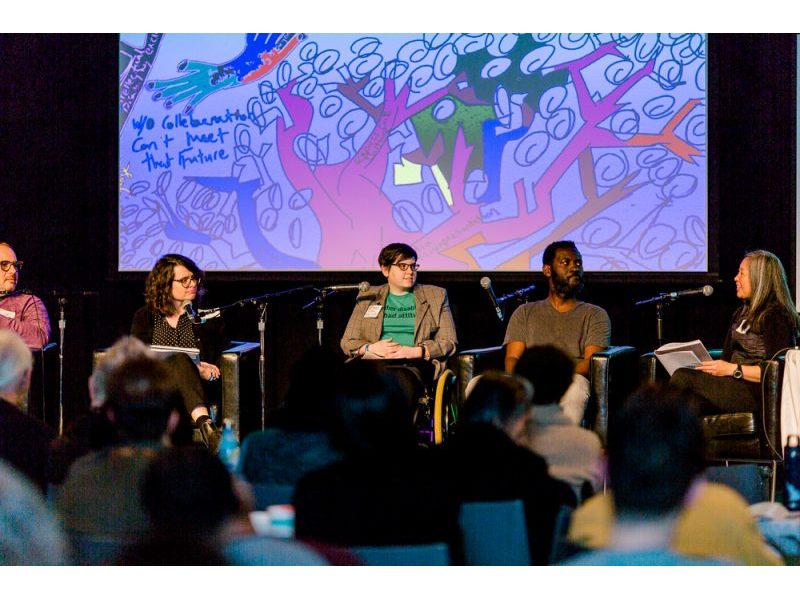





Live Stream
1:28:52 – Welcome
1:29:44 – Elder’s Welcome with Mona Stonefish (Bear Clan) and welcome remarks
2:28:46 – Presentation 1: FUTURE
4:40:47 – Presentation 2: LEADERSHIP
6:00:39 – Presentation 3: REPRESENTATION
7:24:32 – Presentation 4: INDIGENEITY AND RACE
8:27:29 – Elder’s Closing with Mona Stonefish (Bear Clan)
Note: This video features open captioning on a large screen beside the speakers. These videos are not captioned nor are they ASL interpreted.
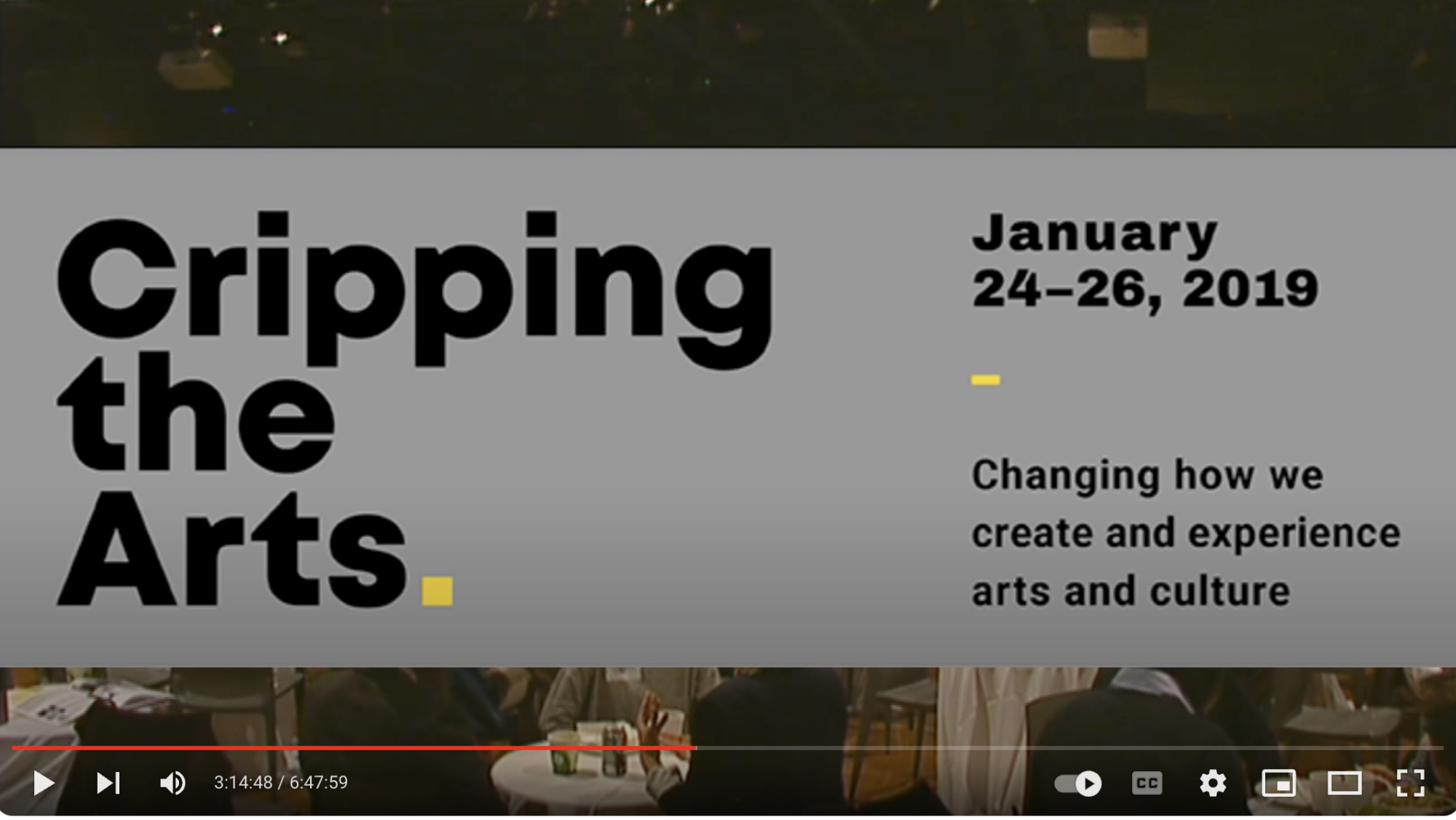
Panel 1: Future
This panel explores Deafhood, madness, and disability within the framework of digital transformation, cultural futurisms, and Disability Arts culture. Artists speak to their own knowledge of the ways that the digital world is impacting aesthetics, representation, activism, and artistic and social practice. This panel seeks to respond to Canada’s new cultural policy as well as the Canada Council for the Arts’ urgings to develop digital strategies that support the arts now and into the future.
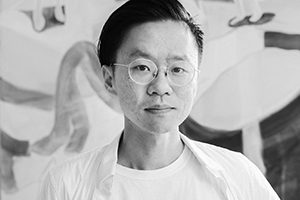
Speaker: Taeyoon Choi
Taeyoon Choi is an artist, educator, and activist based in New York and Seoul. His art practice involves performance, electronics, drawings, and installations that form the basis for storytelling in public spaces. Recently, he’s been focusing on unlearning the wall of disability and normalcy, and enhancing accessibility within art and technology.
Speaker: Aaron Labbé
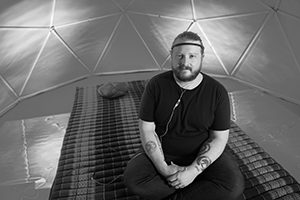
Aaron Labbé is a mad-identified intermedia artist based in Toronto. The driving-force of his work includes concepts drawn from the topics of madness narratives and discourse, expressions of empathy, the psyche and explorations of human consciousness. His specialities include interactive experience design, data visualization, experimental music practices, spatial sound design, and computational art.
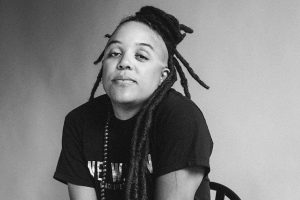
Speaker: Syrus Marcus Ware
Syrus Marcus Ware is a Vanier Scholar, visual artist, activist, curator, and educator. Syrus uses drawing, installation and performance to explore social justice frameworks and black activist culture. Syrus is a core-team member of Black Lives Matter Toronto and of BlacknessYes!/ Blockorama. Syrus is a PhD candidate at York University.
Speaker: Annie Segarra
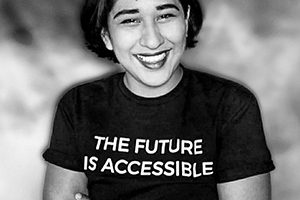
Annie Segarra (Annie Elainey) is an American YouTuber, artist, and intersectional activist for LGBTQ+ and disability rights. Segarra, who is queer, Latinx, chronically ill (EDS) and disabled, advocates for accessibility, body positivity, and media representation of marginalized communities by sharing her observations and experiences through a personal and intersectional lens.
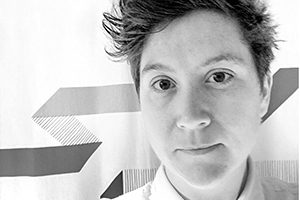
Speaker: Elizabeth Sweeney
Elizabeth Sweeney is a neurodivergent visual artist and curator who frequently presents on the topic of art criticism, activist praxis, and contemporary Disability Arts. She currently works as a program officer at The Canada Council for the Arts.
Panel 2: Leadership
This panel takes up key questions in relation to leadership models in our sector. For too long, non-disabled people have represented and been regarded as voices of authority in the Deaf and Disability Arts sector. In response to this ableist, audist, sanist, and paternalistic dynamic, there has been a necessary push for our sector to be led by disabled, Mad, and Deaf people. This roundtable responds to growing sectoral conversations about leadership models that foster disability, Mad, and Deaf leadership, and accounts for who in our community is excluded by this configuration of leadership.

Speaker: Sage Lovell
Sage Lovell’s work focuses on accessibility, intersectionality, and interdependency. Currently, Sage works freelance on a variety of projects. Sage is always looking for ways to incorporate Deaf people into the community at large and creating inclusive spaces for all.
Speaker: Catherine Bourgeois
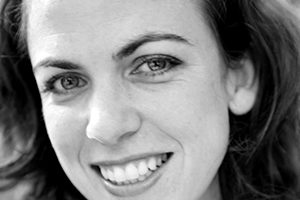
Catherine Bourgeois has been making theatres since 2002. She began in set, costume, and lighting design before devoting herself to creating and directing performances for Joe Jack et John, which she co-founded in 2003. Her shows “AVALe” and “Just Fake It” earned her the Best Director award at the Gala des Cochons d’Or in 2012 and 2014.
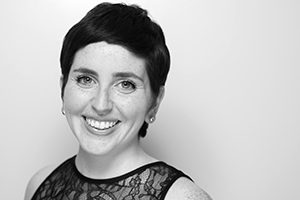
Speaker: Becky Gold
Becky Gold is a first-year PhD student at York University focusing her research on autobiographical theatre creation by cognitively diverse artists as a demonstration of selfadvocacy and community activism.
Becky also works as a practitioner, facilitating a weekly multi-arts program for cognitively diverse teens and adults in North Toronto.
Speaker: Sean Lee
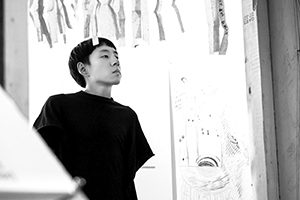
Sean Lee is a part of a new generation of artists, curators, and arts leaders bringing fresh perspectives to the contemporary art field. Working in performance art and performance for the camera, his creative practice has evolved to fit the realities of navigating performance using the body as a medium.
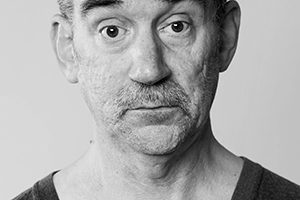
Speaker: Michael Nimbley
Michael Nimbley has been studying theatre at Les Muses – Centre des arts de la scène since 2004. A bilingual actor (English/French), the extent of his talent was apparent in 2006 in “Le temps des marguerites”, and earned him the Best Actor award for his role in “Just Fake It” in 2012.
Panel 3: Representation
Artists and arts and culture critics discuss their experiences of how arts and culture reviews contribute to the cultivation of Deaf, disability, and Mad art. We have invited these panelists with the aim of increasing the rigor and cultural competency of critical Deaf and Disability Arts journalism. Topics discussed may include how arts reviewers and cultural critics write about histories of Deaf and Disability Arts, emergent De’via (Deaf aesthetics) and disability aesthetics, and accessible curatorial practices. The shifting form arts reviews take and the relationship between journalism and culture more broadly will also be discussed.
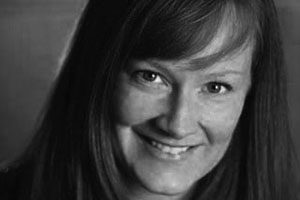
Speaker: Kirsty Johnston
Kirsty Johnston, Associate Professor, Department of Theatre and Film at University of British Columbia, guestedited a 2016 issue of Theatre Research in Canada on the topic of Disability and Performance and has published “Disability Theatre and Modern Drama: Recasting Modernism” (Bloomsbury, 2016) and “Stage Turns: Canadian Disability Theatre” (McGill-Queen’s University Press, 2012).
Speaker: Shay Erlich
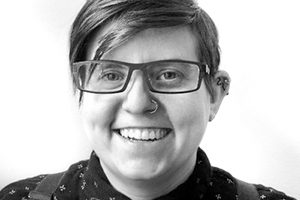
Shay Erlich is a wheelchair dancer and performance art critic. They have recently co-founded the Cyborg Circus Project (a disability-led dance and circus company) with their partner Jenna Roy and write about disability art at the-wheelchair-critic.tumblr.com as well as in mainstream publications such as NOW Toronto and The Dance Current.
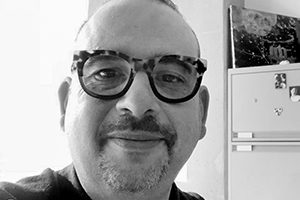
Speaker: Michael Orsini
Michael Orsini is Full Professor in the School of Political Studies at the University of Ottawa. A former journalist, he is co-editor (with Chrissy Kelly) of “Mobilizing Metaphor: Art, Culture and Disability Activism in Canada” (University of British Columbia Press, 2016) and “Seeing Red: HIV/AIDS and Public Policy in Canada” (University of Toronto Press, 2018).
Speaker: Leah Sandals
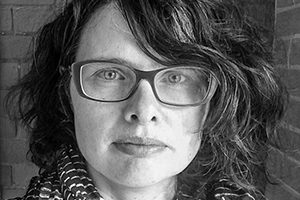
Leah Sandals is News and Special Sections Editor at Canadian Art. Her writings have also been published in the Globe and Mail, the Toronto Star and the National Post, among other outlets. She holds a BFA Media Arts from NSCAD University and a BSc Physical Geography from McGill University.
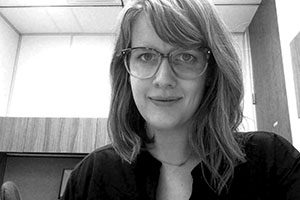
Speaker: Chelsea Temple Jones
Dr. Chelsea Temple Jones splits her time between Regina and Toronto. In Regina, she is a community-based researcher at the University of Regina’s Voice Lab, a studio for developing creative sound expression. In Toronto, she teaches at Ryerson University’s School of Disability Studies. Her journalism is recognized through a National Magazine Award and other press prizes.
Speaker: Nadine Changfoot
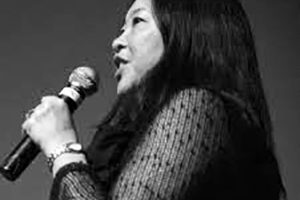
Nadine Changfoot, Associate Professor in Political Studies at Trent University, engages in feminist, participatory and arts-based research with intersectional arts, environmental, disability, aging, and healthcare communities. She iteratively builds capacity, including disability aesthetic, for disability justice, accessibility and arts practices, and environmental stewardship.
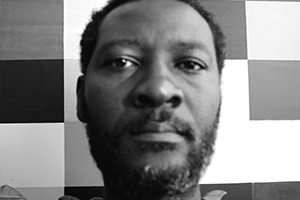
Speaker: Peter Owusu-Ansah
Born in Ghana, Peter Owusu-Ansah is an observant, thinker and visual artist. Because he is Deaf, seeing is how Peter captures the joy of life. Some of his colour works were included in the exhibition “Flourishing: Somehow We Stay Attuned” at the Tangled Art Gallery. Peter lives and work in Toronto.
Speaker: Sarah Jama
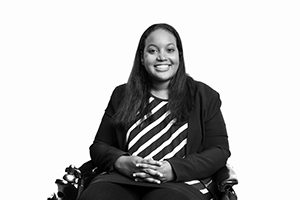
Sarah Jama is a community organizer from Hamilton. She co-founded the Disability Justice Network of Ontario (DJNO), and is a board member with the Hamilton Transit Riders Union. She’s given hundreds of lectures, presentations, and keynotes on issues surrounding leadership, diversity, and justice, and works at the Hamilton Centre for Civic Inclusion.
Panel 4: Indigeneity and Race
Qwo-Li Driskill (Corvallis, Oregon), a disabled (non-citizen) Cherokee artist and activist, will deliver a keynote address reflecting on their practice. Driskill will present on their work and engage in dialogue with local Black and Indigenous artists.
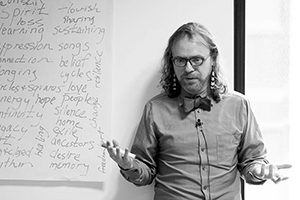
Speaker: Qwo-Li Driskill
Qwo-Li Driskill is a (non-citizen) Cherokee Two-Spirit and Queer writer, activist, and performer also of African, Irish, Lenape, Lumbee, and Osage descent. S/he is the author of several books, including “Asegi Stories: Cherokee Queer and Two-Spirit Memory”, a finalist for a Lambda Literary Award in 2017. S/he is the Director of Graduate Studies Women, Gender, and Sexuality Studies at Oregon State University.
Speaker: Loren O. Delaney
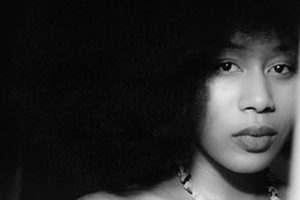
Loren O. Delaney is an Education Consultant, Artist and Program Curator, incanting and reclaiming the creative power in Mad Arts across places, people, and spaces. On their downtime, Loren can be found advocating for a multiplicity of social justice issues and making the impossible possible.
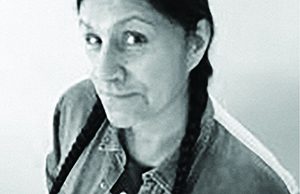
Speaker: Dolleen Tisawii’ashii Manning
Dr. Dolleen Tisawii’ashii Manning is a member of Kettle and Stoney Point First Nation, and a SSHRC Postdoctoral Fellow in the Department of Philosophy held at Michigan State University, USA (September 2018-2020). Manning is an Anishinaabe scholar and artist, currently residing in Toronto.
Speaker: Elwood Jimmy
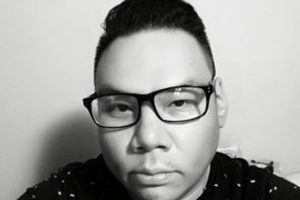
Elwood Jimmy is a learner, collaborator, writer, artist, facilitator, cultural manager, and gardener. He is originally from the Thunderchild First Nation, a Nêhiyaw community in the global north. For close to 20 years, he has played a leadership role in several art projects, collectives, and organizations locally and abroad.





